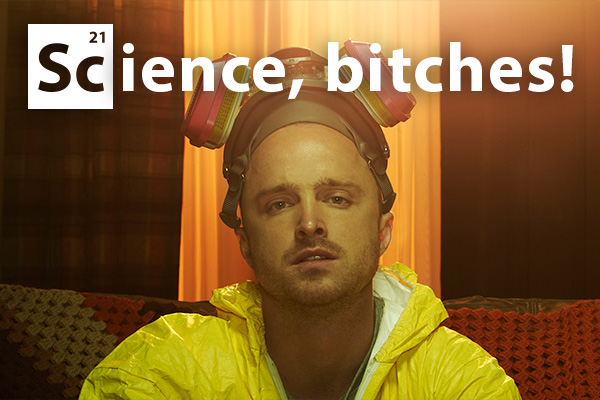Science, Bitches! | Issue 03
Dunedin Nature
Youíve probably seen the sea lions lounging around at one of the beaches Ė certainly if youíve headed around the Kaikoura coast Ė but have you seen the yellow-eyed penguin? How about the royal albatross?
First stop on our trip is the Taiaroa Head. Thatís right at the very end of the peninsula. Here we can see the albatross. Whatís so cool about these guys? They just look like big seagulls, right? The royal albatross spends a majority of its life at sea, travelling thousands of kilometres, and only nests in two places in the world. Taiaroa Head is one of these, so itís a pretty rare thing to see them so close to land. They only ever come in from the sea to make and raise babies. The wingspan of these massive birds can be over three metres, so if they come close there is no mistaking them from the millions of seagulls in the area and, needless to say, they look pretty majestic gliding across the sky. You can take a tour of the colony up there or, if youíre feeling poor, you can head to the lookout near the carpark and watch them fly past. If you do take the tour, and youíre really lucky, you might see some of the juvenile birds. These guys are fat and fluffy. Before they fledge (get their adult feathers), they rely on their parents to feed them. The parents will be out at sea for weeks, never resting on land, before returning to feed the chicks a third of their body weight. Thatís some serious parenting.
Next stop on our trip is Sandfly Bay. Here, around dusk, we might be lucky enough to spot some penguins. The yellow-eyed penguin comes out from the sea, and waddles across the beach, right through the sand dunes, to nest. There is a shelter at the other end of the beach you can watch these guys from. Despite how cute they might be, donít get too close. If they see you, they can get frightened and abandon their nests. If we want to keep seeing them at beaches that are accessible, we have to give them their space. Bring a good camera and youíll still get some great pictures. Youíll probably see some sea lions chilling at the beach as well. I donít recommend getting too close to them, either; despite their awkward appearance on land, they can move a lot faster than you can Ė even across the sand.
After a hard day of hanging out at the beach, checking out the local wildlife, itís time to head back. Maybe grab some fish and chips on the way home? Not only have we had a great day out, weíve seen and learned a lot about some cool local wildlife. See you next week for some more science, bitches.



